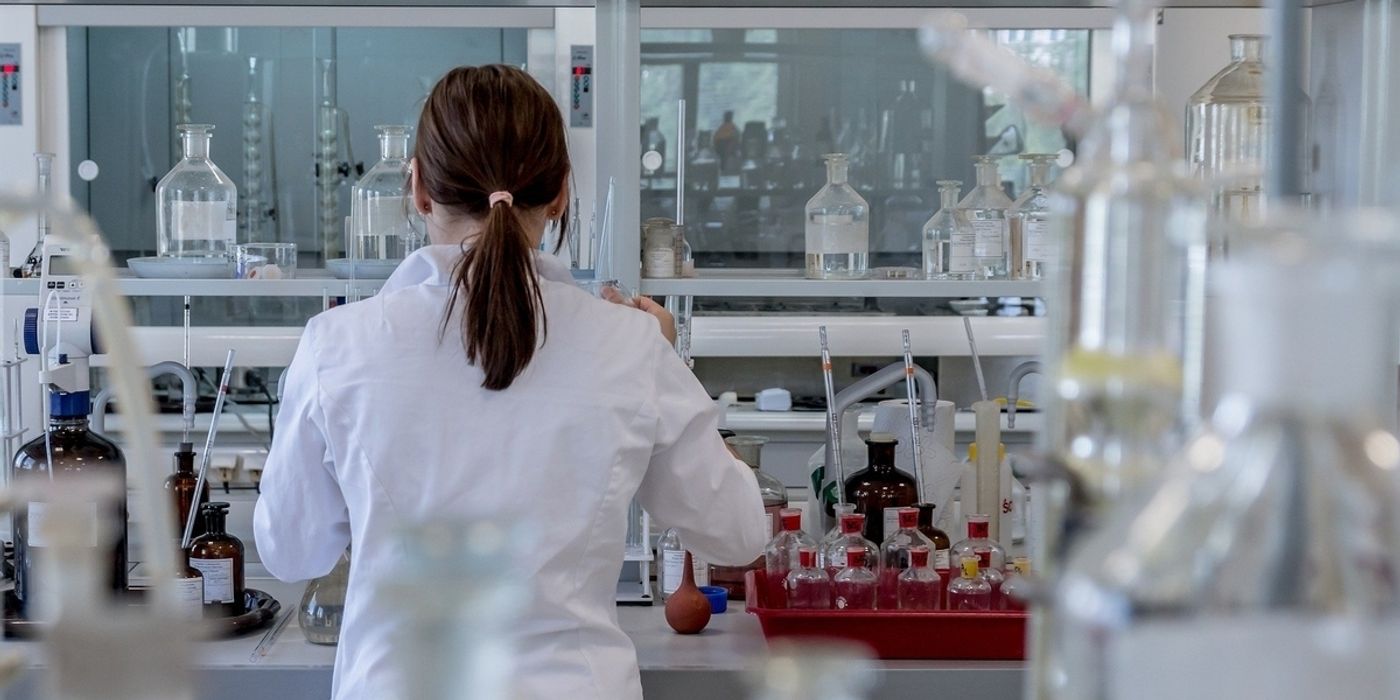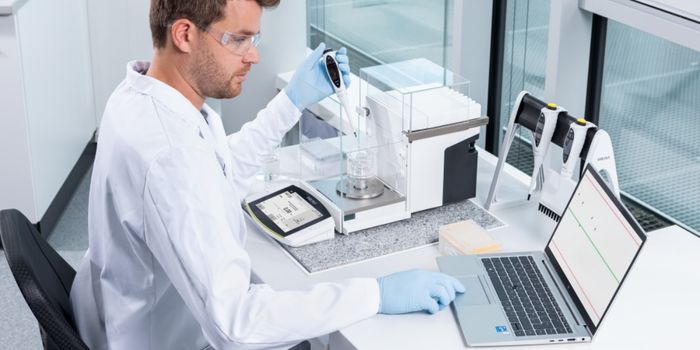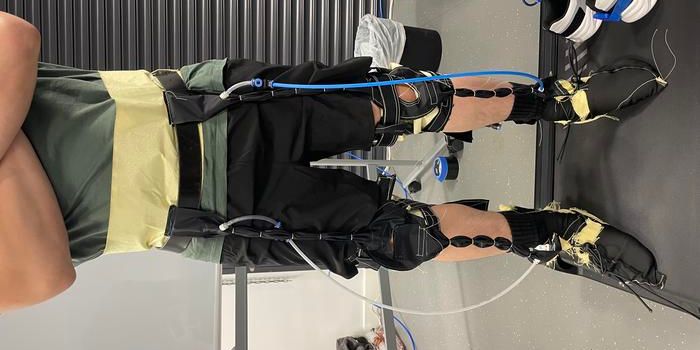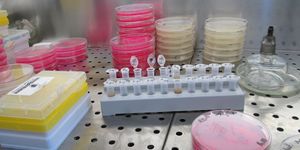Green Chemistry: Micelle-Based Technique Could Cure Chemists of Their "Hydrophobia"
While water is essential to many aspects of our life, it is the least popular thing in a chemistry laboratory. The majority of organic synthesis requires organic solvents to provide a "dry" environment, and often a tiny bit of moisture in the air or in glassware can easily spoil a chemical reaction. But the disposal of waste solvents require a lot of effort and can be environmentally hazardous, not to mention that many organic solvents originate as byproducts of petroleum mining and processing.
As industries are rapidly expanding the search for "green" chemistry alternatives, many chemists are looking into micelles-based aqueous reactions. In the last decade, this idea is gaining serious traction since scientists have been getting more successful results using the water-friendly method.
A micelle is an aggregate of surfactant molecules (think soap-like substance) in an aqueous solution. A typical micelle has its hydrophilic portion (called the "head") facing water molecule outside and its hydrophobic region (the "tail") facing inward at the center, which forms an ideal host environment for lipophilic organic molecules.
Chemical reactions inside membraned-surrounded "bubbles" aren't anything new. Biological membranes, made of phospholipids, are where many biochemical reactions happen in all life forms. But unlike their biologic counterpart, micelles are monolayer aggragates formed by single-chain lipids.
How do micelles fuse? You can watch this process in real-time.
Bruce Lipshutz, a chemistry professor from the University of California, Santa Barbara, kicked starting a series of studies that put micelle-based chemical synthesis on the map. He and his team managed to perform commonly used reactions such as olefin cross-metathesis reactions, Sonogashira couplings, Suzuki-Miyaura cross-couplings, and photocatalytic reactions, in micelles rather than the usual organic solvents.
The advance in micelle chemistry also raised the perspective of developing specialized surfactants to improve efficiency and productivity. In 2016, the researchers from Novartis Pharma AG reported their studies on nonionic designer surfactants, which observed significant environmental and economic benefits across the entire synthetic route.
Two years later, the same group teamed up with researchers from UC Santa Barbara and Nanjing University of Science & Technology (Nanjing, China), and developed a type of amphoteric, photocatalytic micelles. These nanoscale reaction vessels not only allow iridium-based catalysis without additives or external energy input, but also enable the self-recycling of the reaction mixture, saving on the precious metal.
Admittedly, the micelle-based reaction technique is still facing obstacles before it can be widely adopted by industry. But as more progress is being made, environmentally cautious chemists believe that more will start to see all the possible benefits of micellar chemistry.
Source: C&EN









